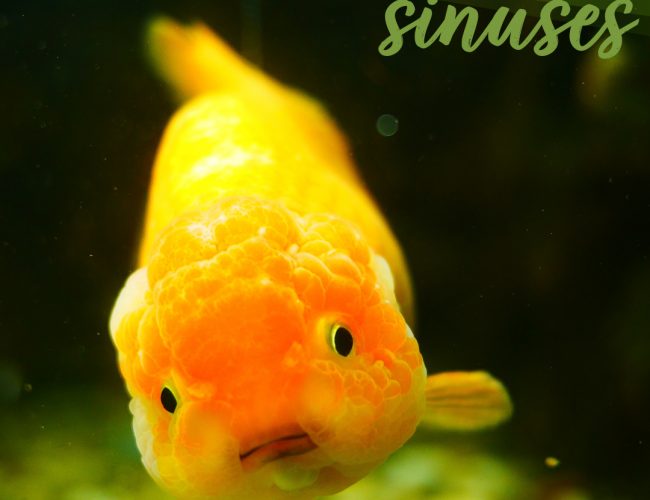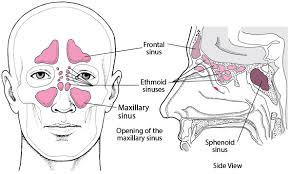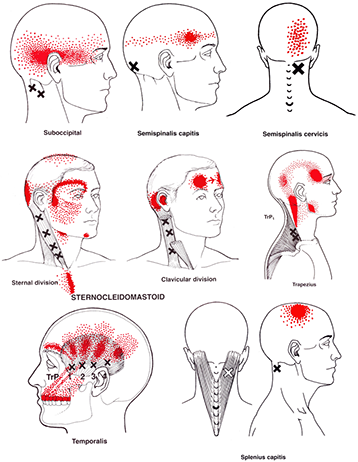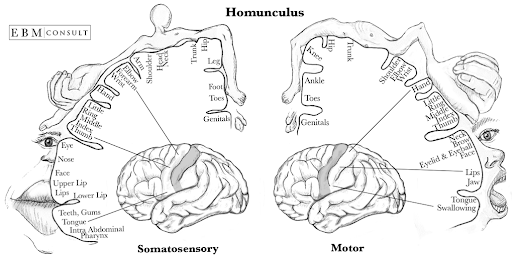Sinus problems- who nose what to do about them?
Wed,Oct 28, 2020 at 09:03AM by Carla Mullins

sinus headache explained
Sinus – Who nose what you can do about them?
The puffy face, bags under the eyes and difficulty breathing is a classic sign of the sinus sufferer. I live with two sinus suffering males, and they joke that my nose is not big enough to have sinus problems. As I push my glasses up my face for the tenth time that hour, I smile at them indulgently, and try to explain that the size does not matter as I take a nice clear and easy breath. I then remind them of the sinus series to help clear their nasal sinuses.
In this blog we explore:
// The paranasal sinuses
// Some triggers for sinus problems (and it can be more than just pollen) Remember that this is not an exhaustive list but simply designed to help identify a focus for movement class, whilst a person would be comprehensively diagnosed by a doctor or appropriate manual therapist
// Some strategies for working with the issue in your movement class and as part of homework.
What are the paranasal sinuses?
There are four paranasal sinuses and they are named after major facial bones. They are:
// Sphenoid
// Frontal
// Maxillary
// Ethmoid

Paranasal sinus
When you see their placement it is no surprise that when the sinuses are affected it feels like our nose and eyes are blocked and our head feels as if it will explode.
What is the role of the paranasal sinuses?
To understand why there is a problem it is important to understand what is the role of the sinuses. They have several purposes including:
// Creating space in the skull bones to make it lighter. However, every minimalist knows that with an open space there is always the risk of clutter.
// Adding resonance to our voice. Think about how funny your voice sounds when your sinuses are blocked.
// The production of mucus that moisturizes the inside of the nose. This mucus layer protects the nose from pollutants, micro-organisms, dust, and dirt. Consider how much fluid can fill your sinuses when you have a cold.
It is this element of immune response that is relevant to people who have allergies to pollen, dust, etc. When these pollens are in the air the immune response goes to work and starts pumping out mucus, leading to that blocked feeling for those people with allergies. There is that old saying spring has sprung and so has my nose. These clients are often filled with lots of medications to help manage the immune response, which can result in a sense of tiredness. Mind you, the dripping nose and sinus related headaches can interfere with sleep as well and make these clients even more tired. Accordingly, early morning classes can often be a disaster for them as they struggle with waking up. It may be that a simple strategy for classes is that they have classes later in the day, and you incorporate some exercises for them to help clear the sinuses and improve their breath which can help them sleep better. Remember good quality sleep and breath is essential for managing any immune system response.
I often find that they need strategies to help massage and specifically work through the face to help move the fluids. Below is a video of some ideas on ways to help massage and manage through the fluid buildup in the face.
The neck is also relevant to sinus problems
It is not unusual for clients to come into the studio with sinus problems originating not from an immune response, but from problems with the neck vertebra or the muscles of the neck. It means that when you have clients do a lot of head/neck lifting work you can inadvertently make their sinus problems worse because neither you nor your client has appreciated that the problem is neck related.
Trigger points in the muscles of the neck can have referrals into the various sinuses. The sternocleidomastoid (SCM), pterygoids and digastric muscles are particularly notorious for their contributions to sinus problems. To identify the specific trigger points I suggest you look at this website which has great images for the specific trigger points www.triggerpoints.net,

sinus trigger points from www.triggerpoints.net.
At the end of this blog, there is a video from our Anatomy Dimensions Neck and Jaw online course which we filmed when our model unexpectedly arrived with a sore neck. We had to work through some specific release ideas in order for her to work for the rest of the session pain-free. As movement teachers we need to be able to pull these sorts of ideas out of our bag of tricks so that our clients can focus on movement and strengthening. I have found that these ideas and strategies have been particularly useful in 2020 when I have had to work with a lot of people over zoom or other online sessions. If you would like to learn more about the neck and jaw and how to incorporate release and strength work in these areas in a movement class we suggest you buy the Anatomy Dimensions Neck and Jaw course.
Problems in the vertebrae of the neck particularly at C2/C3 level are also known to contribute to referral pain and problems in the sinus. Some of this can be attributed to the issues experienced in the sensory-motor homunculus overflow. When you look at the homunculus image below, you can see that it is a map of the sensory information that flows to the cortex and the motor responses that generate. It highlights how certain areas are organized in the brain and if there is a problem in one section of the sensory input, the cortex can sometimes confuse that information with neighbouring areas of the map resulting in confusing sensation and motor responses. In the motor homunculus, you can see the neck’s relationship to the eyelid, brow, and face.

sensory motor homunculus
This is a topic which we explain in the Anatomy Dimension Introduction to Anatomy and Neurology for movement professionals which will be released in 2021.
Our role as movement teachers
When sinus problems, pain, and headaches persist it is important for clients to have a check-up with their doctor or manual therapist (osteopath, physiotherapist, or chiropractor) of choice to investigate and treat the underlying causes. As movement teachers, we can work with these practitioners to help with maintaining movement and specific exercise compliance.
Finally, let’s remember that as movement practitioners we see clients week in week out often for many years and generally for an hour at a time. The relationship we build with our clients means that we are able to observe what is “normal” for that client and what can be triggering alarm bells for further investigation and referral. As movement professionals, we can facilitate a non-clinical response to pain and movement that allows clients to work positively with discomfort. Our role is to help our clients create a better relationship with their body so as that they can make better decisions about when pain and discomfort needs a medical approach or movement.
Shop now at makarlu.comAnatomy Dimensions - Neck & Jaw
 0
0 